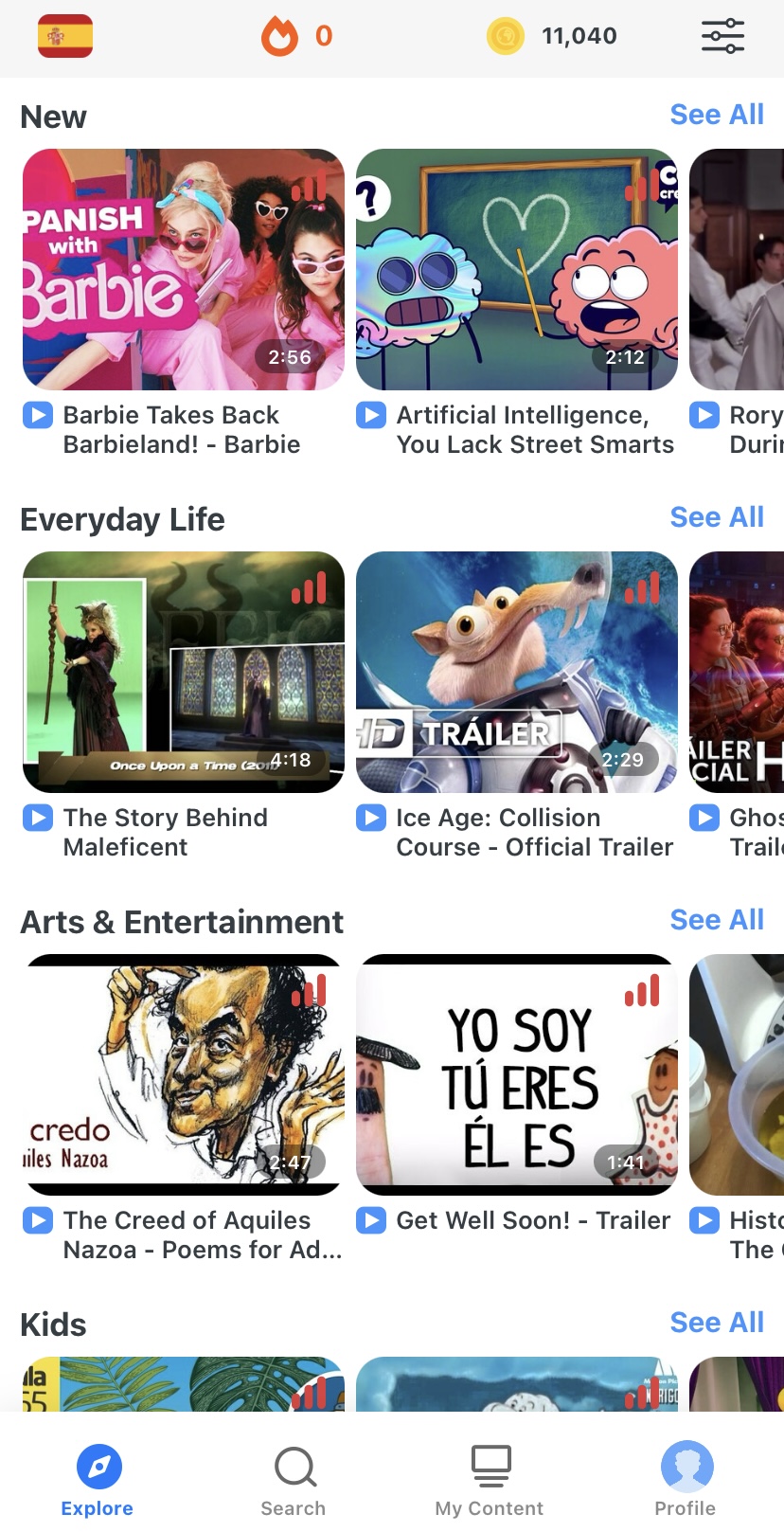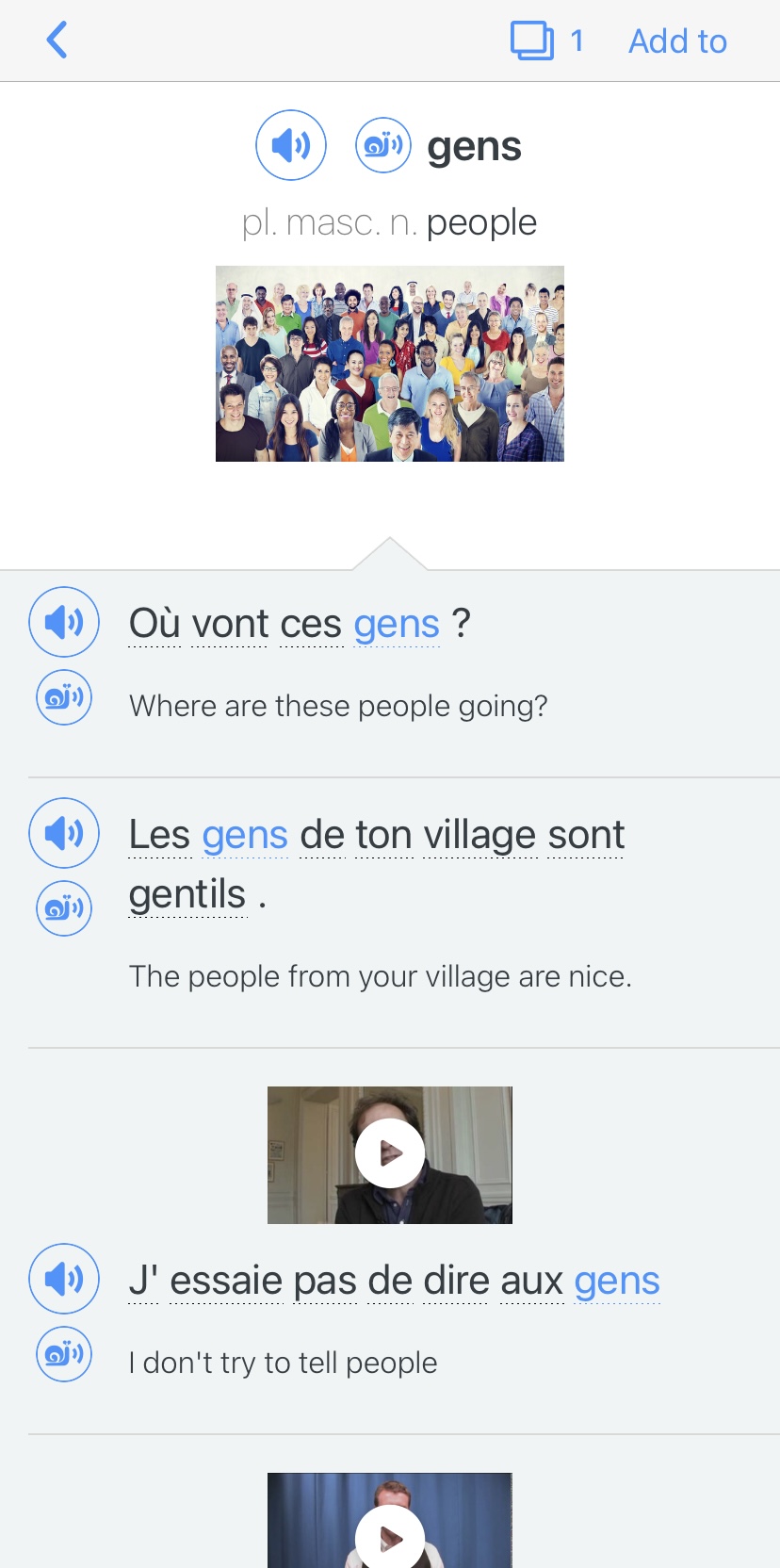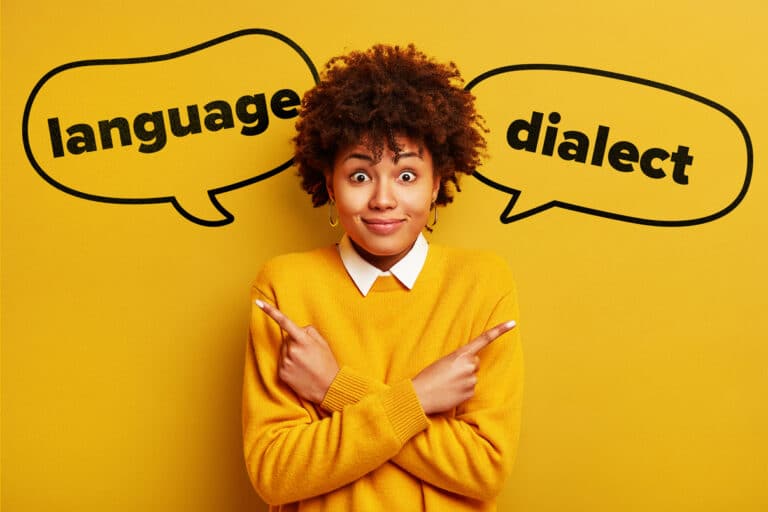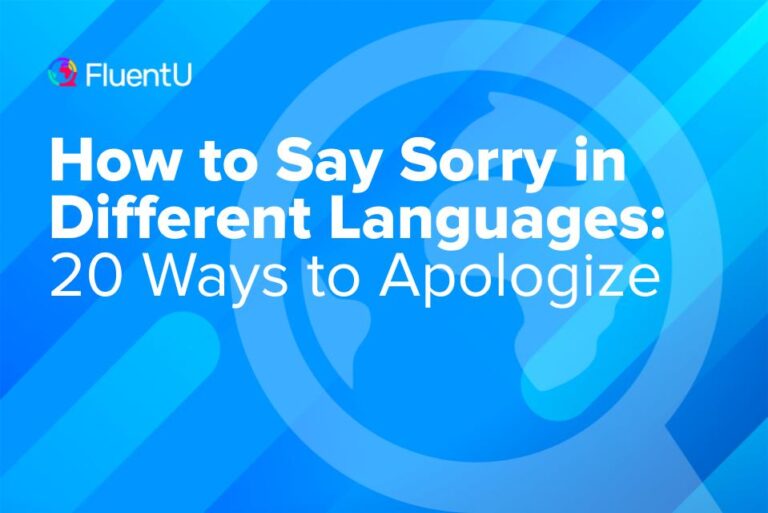What Are Mutually Intelligible Languages (Plus Common Examples)
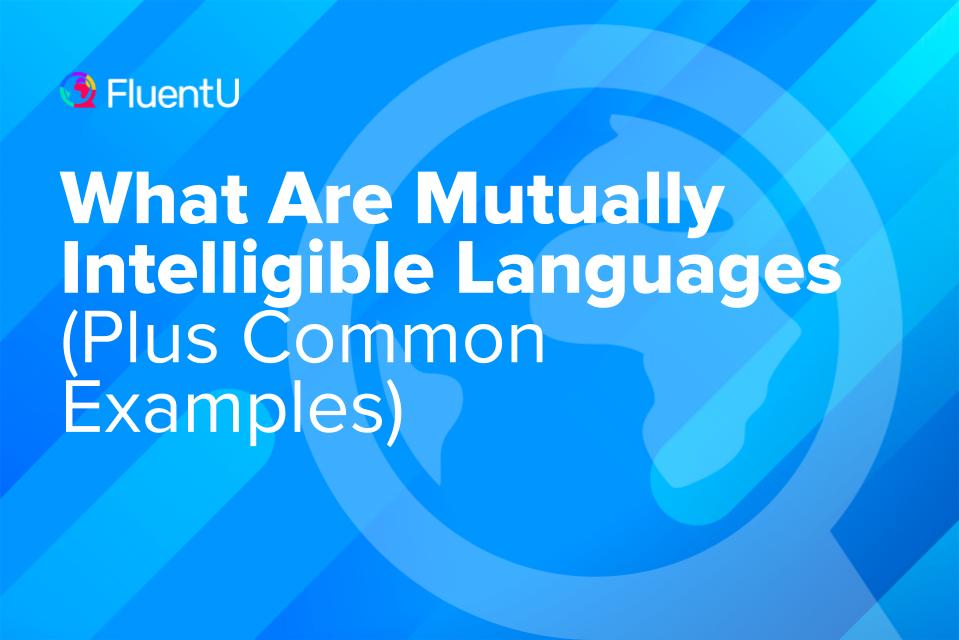
If you speak Russian, you might be surprised at how much Ukrainian you understand. Or as an English speaker, you might catch the gist of some Scots. There’s a good reason for this: mutual intelligibility.
This is a great boon to travelers and language learners. If you’ve studied one language, you may very well understand some of another—or have a much easier time learning it.
Download: This blog post is available as a convenient and portable PDF that you can take anywhere. Click here to get a copy. (Download)
What Are Mutually Intelligible Languages?
Briefly put, mutual intelligibility is when speakers of one language can understand a related language to some degree.
Mutual intelligibility is highly subjective. Between sources, you might find some claiming that two languages are mutually intelligible, while other sources claim those same languages aren’t.
Because mutual intelligibility comes in varying degrees, it’s hard to determine how much overlap there needs to be for something to be classified as such. This list focuses on common languages widely thought to be at least partially and mutually intelligible.
Popular World Languages and Their Mutually Intelligibility
1. Russian
Russian is partially mutually intelligible with Ukrainian, Rusyn and Belarusian.
Russian has 85% intelligibility with Rusyn (which has a small number of speakers in Central and Eastern Europe). Russian is also 85% mutually intelligible with Belarusian and Ukrainian in writing. However, Russian is only 74% mutually intelligible with spoken Belarusian and 50% mutually intelligible with spoken Ukrainian.
Russian speakers are also likely to understand some Bulgarian, along with other Slavic languages to a lesser extent.
2. English
Scots and English are considered mutually intelligible. Albeit, Scots dialect is far more pronounced than English, and at times, can be unintelligible.
In writing, however, Scots language looks similar to English (albeit with some spelling variations).
3. French
French has a reasonable degree of lexical similarity with Italian, Sardinian, Romansh, Portuguese, Romanian and Spanish, making it partially mutually intelligible with these languages.
French has 89% lexical similarity with Italian, 80% similarity with Sardinian (spoken on the Italian island of Sardinia), 78% similarity with Romansh (spoken in parts of Switzerland) and 75% similarity with Portuguese, Romanian and Spanish.
4. German
German is partially mutually intelligible with Yiddish and Dutch.
Because they use different alphabets, German and Yiddish are only mutually intelligible when spoken. Yiddish speakers usually have an easier time understanding German than vice versa, largely because Yiddish has added words from other languages, including Hebrew and Slavic languages, which makes it more difficult for German speakers to understand.
In writing, German is also somewhat mutually intelligible with Dutch. However, Dutch speakers usually understand more German than the reverse because they study German in school.
5. Italian
Italian is partially mutually intelligible with French, Catalan, Sardinian, Spanish, Ladin and Romanian.
It is estimated that there is 89% lexical similarity with French, 87% similarity with Catalan (spoken in Southern Spain), 85% with Sardinian, 82% with Spanish, 78% with Ladin (spoken in Northern Italy) and 77% with Romanian.
6. Portuguese
Portuguese has varying degrees of mutual intelligibility with Spanish, Galician, French and Italian.
It has a very high degree of mutual intelligibility with Galician (spoken in Northwestern Spain), which is a language that’s sort of a cross between Portuguese and Spanish. Portuguese also has a high degree of mutual intelligibility with Spanish.
While not usually considered “mutually intelligible,” there’s also enough similarity between French and Italian that speakers of Portuguese may understand both of these languages.
7. Spanish
Spanish has varying degrees of mutual intelligibility with Galician, Portuguese, Catalan, Italian, Sardinian and French.
Spanish is most mutually intelligible with Galician. It’s also highly intelligible with Portuguese in writing, though less so when spoken. The overall lexical similarity between Spanish and Portuguese is estimated to be 89%.
Spanish and Catalan have a lexical similarity of 85%. Spanish is also partially mutually intelligible with Italian, Sardinian and French, with respective lexical similarities of 82%, 76% and 75%.
8. Arabic
There are distinct regional variations of Arabic. However, many of these dialects are at least partially mutually intelligible. Rural variations are usually less mutually intelligible.
While common speech from urban areas aren’t always mutually intelligible across regions, speakers from these regions can often use a more formal form of Arabic to speak with each other. Additionally, some Arabic speakers may be familiar with Egyptian Arabic through the media, so they may rely on this to bridge any language gaps.
Tunisian Arabic is also considered mutually intelligible with Maltese, particularly with regards to idiomatic expressions.
Understanding Mutually Intelligible Languages
Understanding the connection between mutually intelligible languages, can make it easier to learn an additional language. If you choose to study a language that’s mutually intelligible with one you already know, chances are you’ll have to put a lot less work in than if you were learning a language from scratch.
One way you can combine learning a new language with English through subtitles is through a program such as FluentU.
FluentU takes authentic videos—like music videos, movie trailers, news and inspiring talks—and turns them into personalized language learning lessons.
You can try FluentU for free for 2 weeks. Check out the website or download the iOS app or Android app.
P.S. Click here to take advantage of our current sale! (Expires at the end of this month.)

If you’re learning multiple languages at once, pairing similar languages is a great way to maximize your studying.
Finally, understanding mutual intelligibility gives you helpful insight into the history of a language. Sets of similar languages are the result of shared origin, so knowing a little more about mutual intelligibility can help you understand their origin.
Linguistic Distance
Linguistic distance is the relative degree of difference between languages or dialects. How this is measured varies, but mutual intelligibility and vocabulary overlap, and often play a role in these calculations.
Lexical Similarity
This term is similar to linguistic distance in that it can reflect how similar or different languages are. However, lexical similarity focuses on exclusively overlapping vocabulary to determine similarity between languages.
Mutual Intelligibility
Mutual intelligibility refers to whether speakers of one language can understand speakers of another language. This understanding can be in spoken or written communication. Mutual intelligibility also occurs in a wide variety of degrees, ranging from none, to partial, to full mutual intelligibility.
Between some languages, there can also be imbalanced mutual intelligibility, known as “asymmetric intelligibility.” This occurs when speakers of one language can understand a related language to a greater degree than speakers of the related language can understand the other.
Frequency of exposure is one of the main causes of this. If speakers of one language have more exposure to its related language, they’re likely to pick up more of that language.
Dialect
Traditionally, dialects are regional variations of one main language. Usually, they’re at least partially mutually intelligible with the main language they stem from.
That being said, the line between a language and a dialect is often blurred. For instance, Portuguese and Spanish have a relatively high degree of mutual intelligibility, but they’re technically separate languages.
The Chinese language, on the other hand, is comprised of a number of dialects that aren’t always mutually intelligible.
So give these mutually intelligible languages a second look. They have more in common than you might think!
Download: This blog post is available as a convenient and portable PDF that you can take anywhere. Click here to get a copy. (Download)
And One More Thing...
If you're like me and love learning languages through real-world content, FluentU is a game-changer. With FluentU, you're not just memorizing words—you’re learning how native speakers actually use them.
With our newest feature, you can now bring FluentU’s interactive tools to any subtitled content on YouTube or Netflix—or even import YouTube videos directly into your FluentU account!
You’ll also get access to a huge variety of content in our curated video library, from movie trailers to news clips, music videos, and more. The best part? FluentU makes this native-language content accessible for learners of all levels.
While you watch, you can tap on any word in the interactive subtitles to see a definition, an image, audio, and useful example sentences. Want to practice new words later? Add them to your flashcards with one click. No more pausing to look up and write down new words!
And FluentU helps you actually remember what you learn with personalized quizzes, plenty of example sentences, and extra practice with the words you find difficult.
Ready to start learning in a more natural, immersive way? Try FluentU on your computer or tablet, or download the FluentU app from the App Store or Google Play. Click here to take advantage of our current sale! (Expires at the end of this month.)

